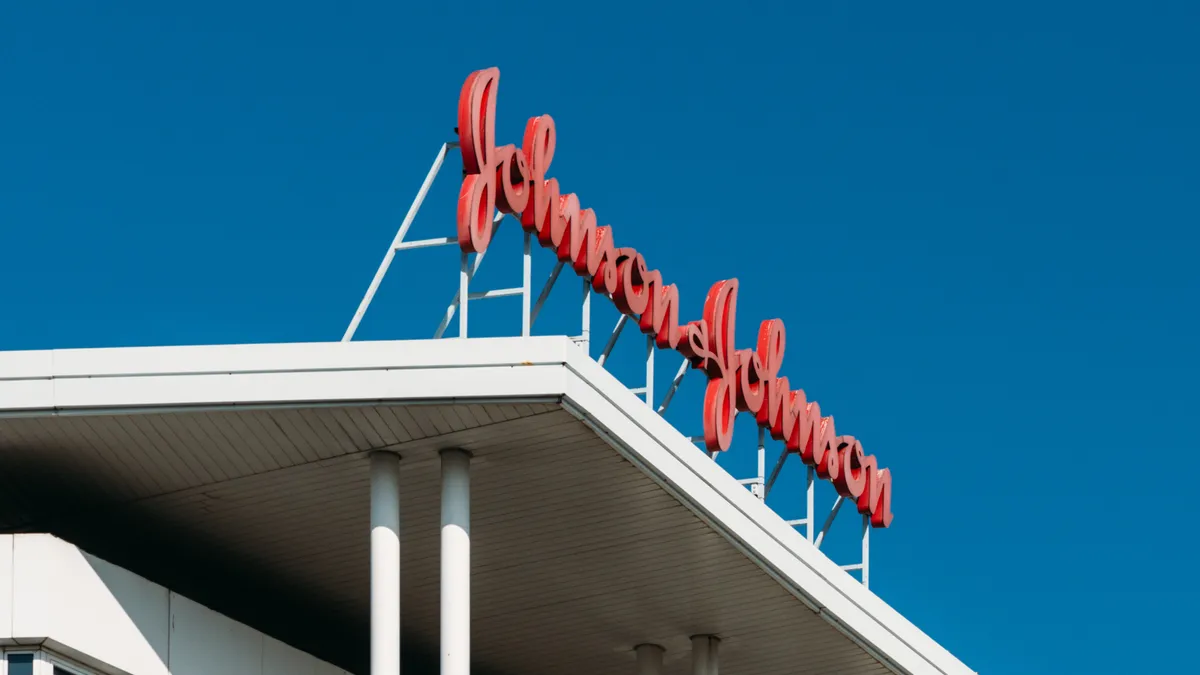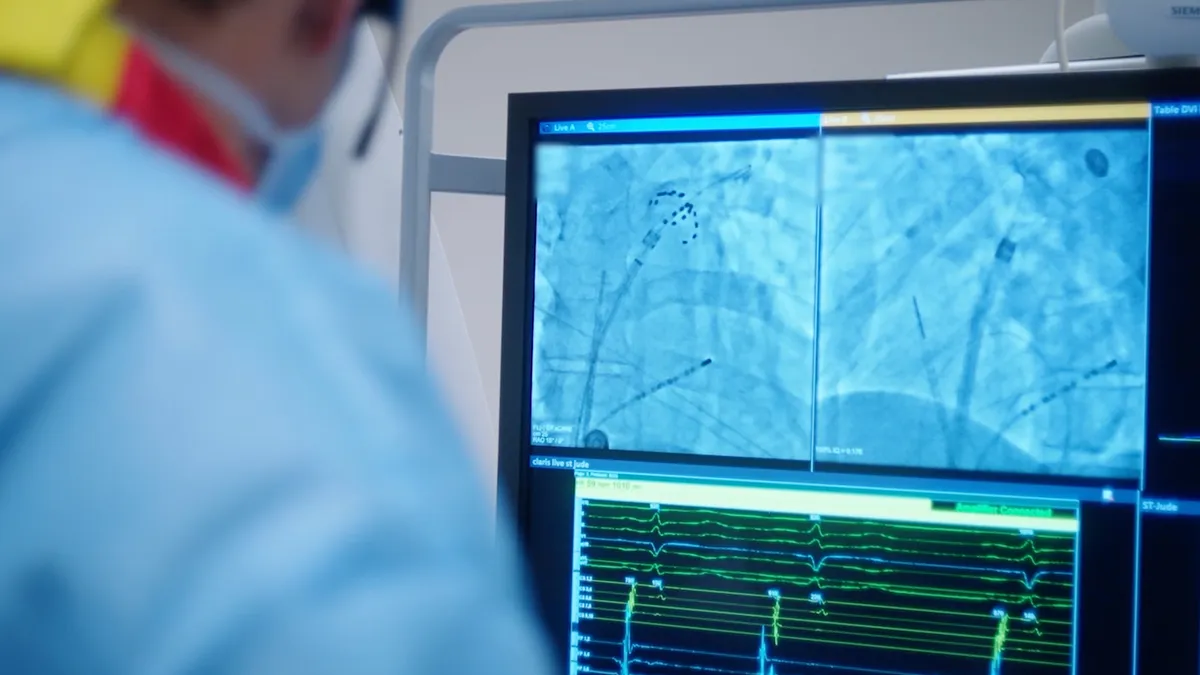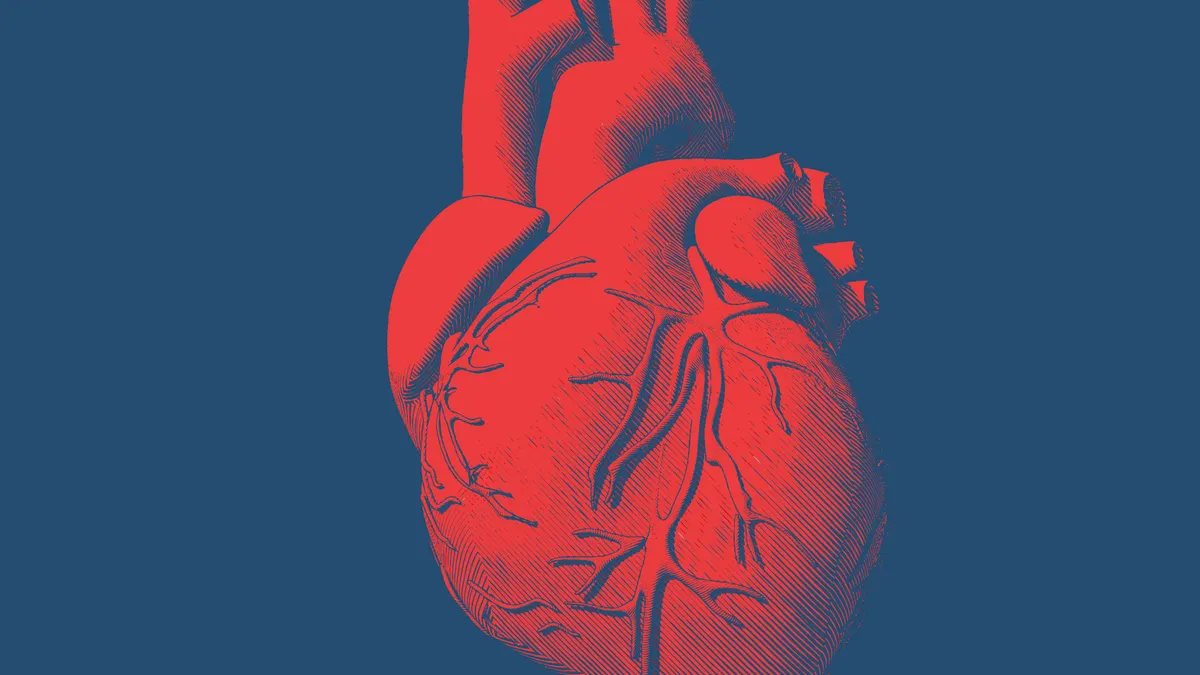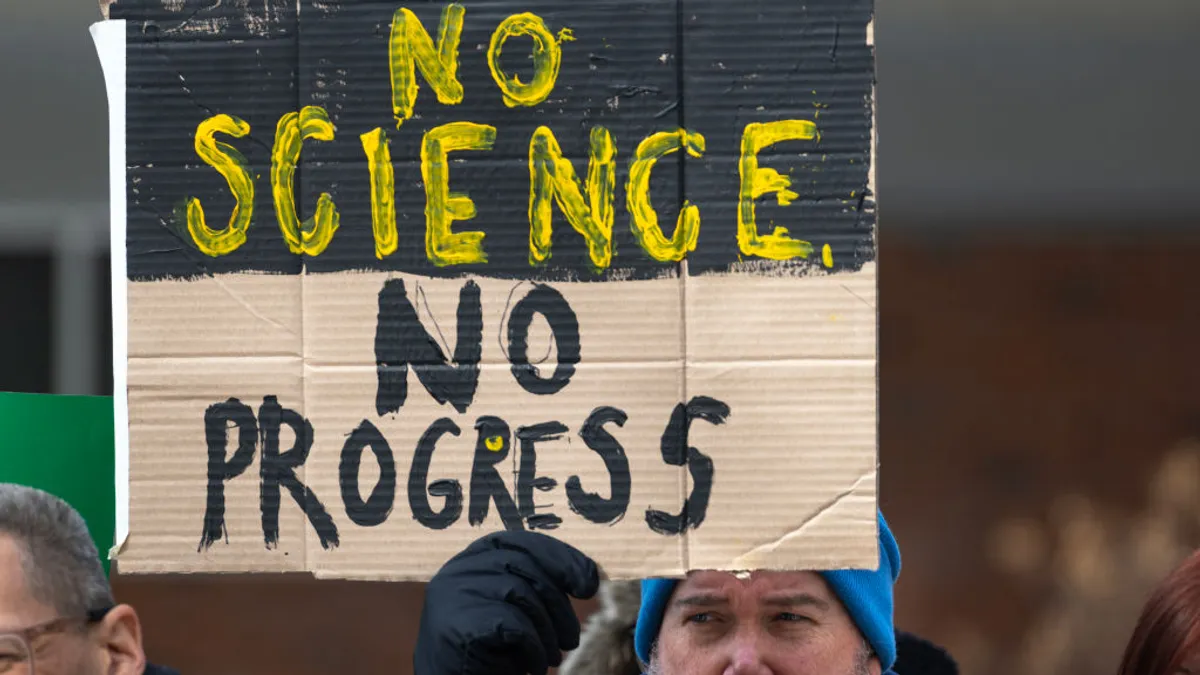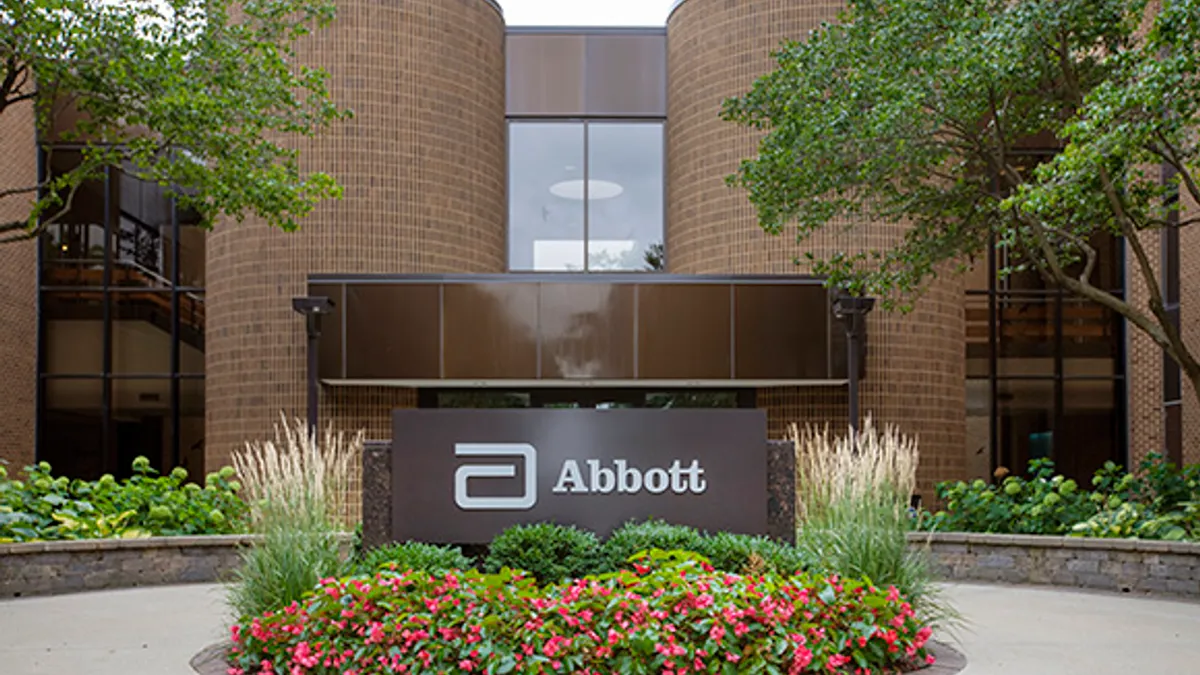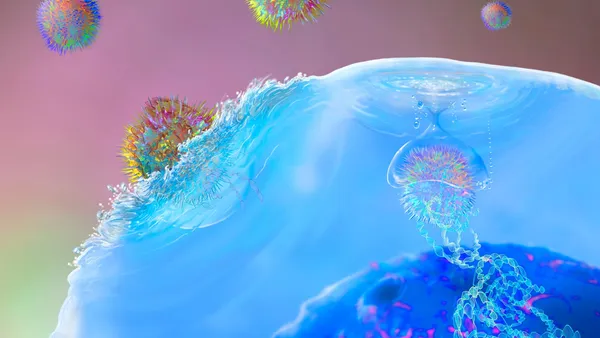The Food and Drug Administration on Saturday gave emergency authorization to a coronavirus vaccine developed by Johnson & Johnson, making a third shot available at a critical moment for U.S. efforts to control COVID-19.
J&J's vaccine, which requires one dose rather than two and can be stored at refrigerator temperatures, will provide much-needed reinforcements as states across the country expand eligibility for immunization beyond older adults and healthcare workers.
Only a few million doses were immediately available to ship, however. McKesson, a drug distributor contracted by the U.S., confirmed first shipments on Monday.
J&J expects to deliver 20 million doses by the end of March and 100 million by the end of June, adding to increasing supplies from Pfizer and Moderna, which developed the two other vaccines authorized for use in the U.S.
More than 49 million people in the U.S., or roughly 14% of the population, have received one or more doses of either Pfizer's or Moderna's vaccines through Sunday, according to federal government data. But the rollout of both has been complicated by their two-dose regimens, which require people to return for a second shot three or four weeks later, and by the freezer temperatures needed for shipping and storage.
J&J's vaccine offers a simpler option, particularly for more rural areas or communities with fewer pharmacies or clinics. Its availability, while initially limited, could help the U.S. keep COVID-19 hospitalizations and deaths from rising again after sharp declines in recent weeks.
The FDA's authorization came one day after a group of independent experts unanimously supported the vaccine's use in adults 18 years and older, judging its benefits easily outweighed its risks in a 22-0 vote.
"We're still in the midst of a deadly pandemic," said Archana Chatterjee, dean of Chicago Medical School at Rosalind Franklin University and a member of the advisory committee, at Friday's meeting. "There is a shortage of vaccines that are currently authorized and I think authorization of this vaccine will help meet the needs of the moment."
The U.S. is the second country to authorize J&J's vaccine following Bahrain, which did so last week. A Centers for Disease Control and Prevention panel met Sunday and recommended use of the shot
"The authorization of this vaccine expands the availability of vaccines, the best medical prevention method for COVID-19, to help us in the fight against this pandemic, which has claimed over half a million lives in the United States," said Janet Woodcock, the FDA's acting commissioner, in a statement Saturday.
J&J's vaccine is backed by results from an international study that enrolled about 44,000 participants in the U.S., South Africa, Brazil and five other South American countries. The data showed vaccination was 66% effective in preventing moderate or severe COVID-19 beginning 28 days after volunteers received their shot.
J&J's definition of moderate COVID-19 is close to what other drugmakers have considered symptomatic, and a separate analysis calculated equivalent efficacy against all symptomatic COVID-19.
While the efficacy was lower than the roughly 95% protection demonstrated for Pfizer's and Moderna's vaccines, it's still well above the threshold set by U.S. regulators for authorization. And unlike the other two, J&J tested its shot in countries where a coronavirus variant that can weaken vaccine potency was already spreading.
Protection was greater, at 85%, against severe COVID-19. No participants who received the vaccine were hospitalized with COVID-19 after 28 days, nor did any die from the disease.
The FDA advisers who reviewed the data Thursday agreed the vaccine's efficacy was still convincing.
"It's a relatively easy call," said Eric Rubin, a committee member and editor-in-chief of the New England Journal of Medicine, on Friday. "This clearly gets way over the bar and it's nice to have a single-dose vaccine."
A study testing two doses is currently ongoing and could yield data later this year, potentially presenting a communication challenge should a second shot increase protection.
Clinical testing has shown the vaccine to be safe, with injection site pain, headache and fatigue as the most common side effects. In its review, the FDA noted more cases of hives and blood clots occurred in vaccinated volunteers than those receiving placebo, but the total number of people was very few and determined not to be caused by the vaccine.
There was some concern at Friday's advisory meeting that the vaccine might not work as well in adults over 60 years of age with underlying risk factors for worse disease outcomes. But both the FDA and the committee felt the number of cases among study participants in that category was too small to make a definitive conclusion, noting efficacy improved when more cases were included.
"Obviously we'll watch that as additional data come in," said Peter Marks, head of the FDA division that reviews vaccines, on a Saturday call with reporters. "At this time, there's no concern about reduced efficacy in the older population."
Potentially more worrisome was the comparatively weaker performance of J&J's vaccine against a coronavirus variant first observed in South Africa that's since spread to many other countries, including the U.S. Vaccinated volunteers in the study were still equally protected against severe disease, however, a point emphasized by the FDA.
"We're in a race between the virus mutating, new variants coming out that can cause further disease and stopping it," said Jay Portnoy, an allergist at Children's Mercy Hospital in Kansas City, Missouri, and a member of the FDA panel. "We're in a hurry. We need to get this vaccine out."
J&J is preparing a variant-specific version that could begin human testing by this summer. Pfizer, with its development partner BioNTech, and Moderna are similarly developing modified vaccines to counter the threat of new strains.
J&J's vaccine works differently than Pfizer's and Moderna's. DNA encoding for the coronavirus' characteristic spike protein is written into the genome of a harmless virus known as adenovirus type 26. This re-engineered virus, once injected into the body, trains the immune system to recognize and resist coronavirus infection.
It's a more familiar system than the messenger RNA technology used by Pfizer and Moderna, which until last year was considered unproven. J&J's Ebola vaccine, which was cleared by European regulators in July, uses the same adenovirus platform, as do experimental shots developed by the company for Zika, respiratory syncytial virus and HIV.
J&J estimates some 200,000 people have received a vaccine based on its adenovirus technology in clinical trials, which the FDA's advisers noted as an additional supporting factor for authorizing the coronavirus shot.
The pharmaceutical company expects to manufacture 1 billion doses this year, about a third of which have been preordered by the U.S., U.K., Europe and other countries. Another 100 million doses are pledged to COVAX, an international alliance set up by the World Health Organization and other groups to ensure developing countries also get access to vaccines.
More doses were supposed to be ready by now, but scaling up manufacturing took longer than J&J expected and a contractor brought on to help fill vials reportedly encountered difficulties.
J&J's vaccine development was partially funded by the U.S. government, which contributed $900 million for research and testing through the Trump administration's Operation Warp Speed program. A J&J executive recently testified the company has spent $800 million of its own money, and has committed a further $1.5 billion to bulk up manufacturing capacity.
The investment is likely to be lucrative, though. Pfizer recently told investors it expected to earn at least $15 billion in coronavirus vaccine sales this year, while Moderna has said it's signed supply agreements worth $18.4 billion.
Note: This story was updated to include comment from Peter Marks of the Food and Drug Administration and again on Monday to include confirmation of dose shipments and a recommendation from the Centers for Disease Control and Prevention.










